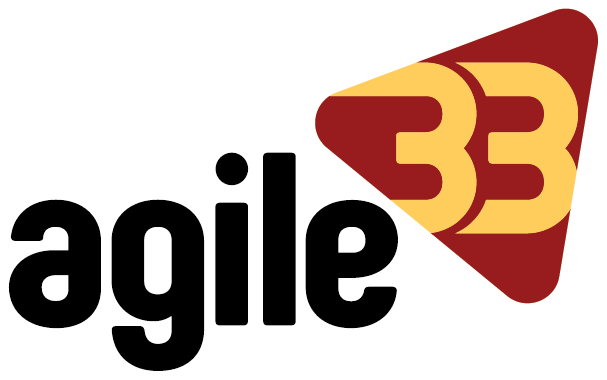
Effective project execution doesn’t rely on effort alone—it depends heavily on financial control. Project cost management is the discipline that ensures a project’s financial resources are well planned, efficiently allocated, and consistently monitored.
Whether it’s a short-term initiative or a multi-year program, success isn’t only about hitting deliverables—it’s also about doing so within the limits of time and budget. Understanding the fundamentals of cost management gives teams the ability to make informed decisions, avoid surprises, and deliver value with confidence.
What Is Project Cost Management?
Project cost management refers to the process of estimating, budgeting, and controlling costs throughout the project lifecycle. It ensures the project can be completed with the approved budget, without sacrificing quality or scope.
It’s typically broken down into four key stages:
1. Cost Estimation
This is the process of forecasting the financial resources needed for a project. It includes direct costs (labor, materials, equipment) and indirect costs (administration, utilities, overhead). Estimates can be made using several approaches—analogous (based on past projects), parametric (based on unit costs), or bottom-up (calculating each task).
A strong estimate balances accuracy with flexibility, recognizing that some assumptions may shift as the project unfolds.
2. Cost Budgeting
Once estimates are approved, the next step is to allocate funds to specific project components. Budgeting creates a baseline that serves as the reference point for financial tracking. It enables project managers to monitor expenditures in real time and ensure that funding is available for each phase.
A well-structured budget also helps align the team and stakeholders on financial expectations from day one.
3. Cost Control
This stage involves tracking actual spending, comparing it to the budget, and taking corrective action if deviations occur. Cost control relies on timely data and strong communication. If a task starts consuming more resources than planned, it’s important to know early and adjust accordingly—either by reallocating funds or revisiting scope.
Tools like earned value management (EVM) can provide visibility into project health by showing how much work has been completed compared to the costs incurred.
4. Financial Closeout
At the end of a project, teams compare actual costs against the original budget. This post-project review helps assess performance and informs future planning. Understanding variances—what went over, what stayed under—supports more accurate forecasting in future projects.
Why It Matters
When cost management is treated as an afterthought, projects become vulnerable to overrun, scope creep, and strained stakeholder relationships. On the other hand, a project grounded in financial awareness is more likely to stay aligned with strategic priorities.
Sound cost management is not about cutting corners. It’s about knowing where your resources are going, when, and why—and using that insight to deliver work that’s efficient, accountable, and sustainable.
